Democrats vs. Republicans: Key Differences Explained
In the diverse landscape of American politics, the Democratic and Republican parties stand as the two major pillars. Each party has distinct ideologies, policies, and approaches to governance. Understanding these differences is crucial for voters, political enthusiasts, and anyone interested in how America’s political system functions. In this blog post, we will delve into the key differences between Democrats and Republicans, exploring their core beliefs, policy preferences, and historical roots.
Historical Context and Origins
The Democratic and Republican parties have rich histories that have shaped their current ideologies. The Democratic Party, founded in the early 19th century, was initially associated with states’ rights and agrarian interests. Over time, it evolved into a party that champions social justice, civil rights, and environmental protection.
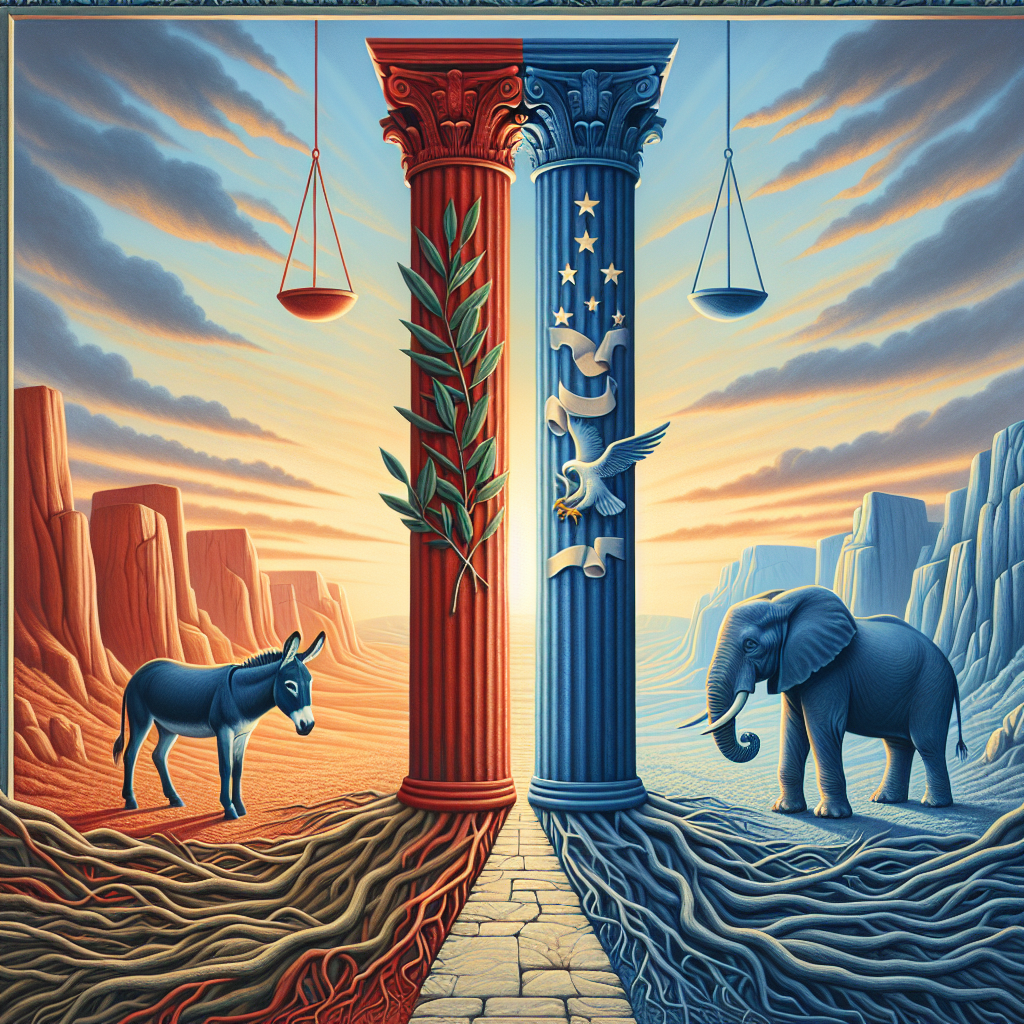
On the other hand, the Republican Party was established in the mid-19th century, primarily as an anti-slavery party. It has traditionally emphasized individual liberties, free-market capitalism, and a strong national defense. Understanding these historical contexts helps illuminate why each party stands where it does today on various issues.
Core Ideologies
At the heart of the Democratic Party’s ideology is the belief in a more active role for government in addressing social and economic issues. Democrats often advocate for policies that promote social equality, environmental sustainability, and consumer protection.
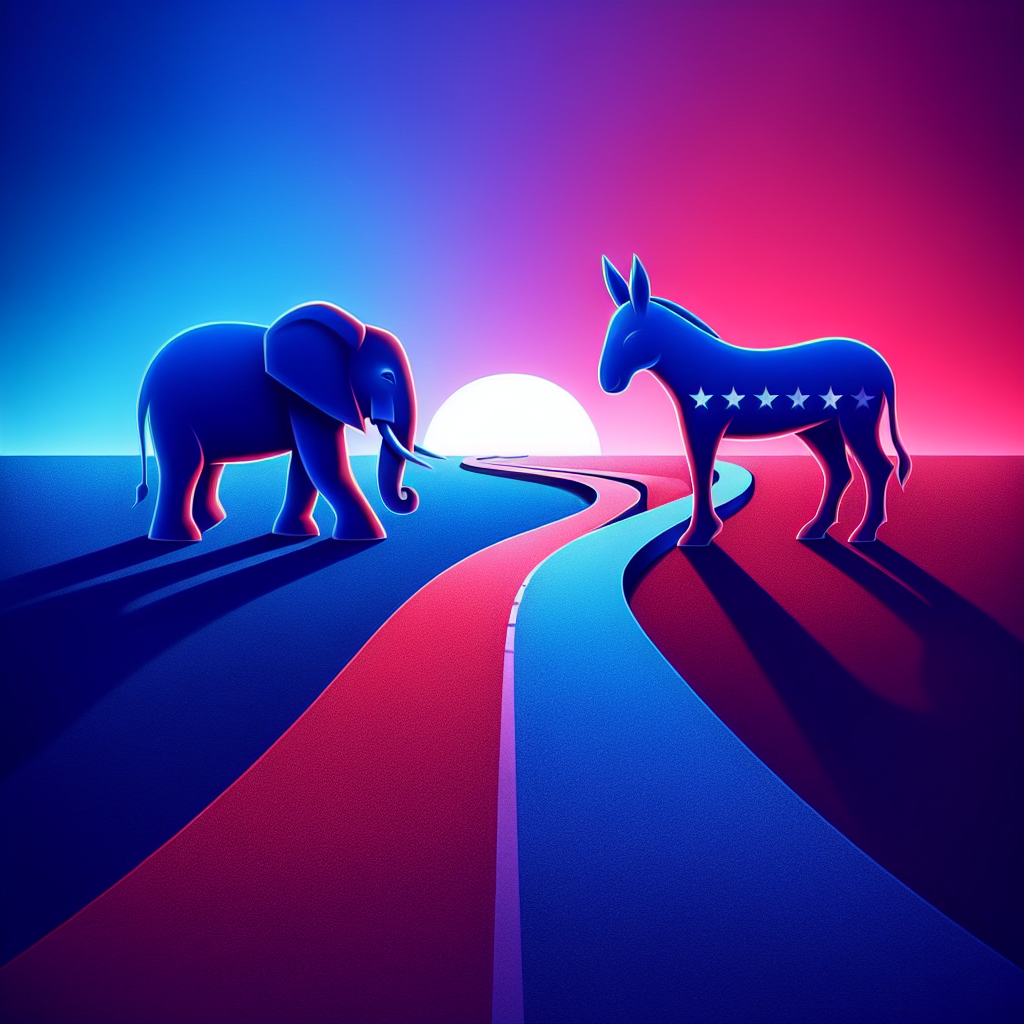
Conversely, Republicans generally advocate for limited government intervention, emphasizing personal responsibility and free enterprise. They often prioritize tax cuts, deregulation, and policies that encourage business growth, viewing these as essential to fostering economic prosperity.
Economic Policies
Economic policy is a major area where Democrats and Republicans differ significantly. Democrats typically support progressive taxation, where higher earners pay a larger percentage of their income in taxes. This approach is intended to redistribute wealth and fund social programs, such as healthcare and education.
Republicans, however, often push for tax cuts across the board, arguing that lower taxes spur economic growth and increase job creation. They advocate for a trickle-down economic approach, where benefits to businesses and the wealthy eventually benefit all sectors of society.
Social Issues
Social issues are another area of stark contrast. Democrats generally support policies that promote social liberalism, such as marriage equality, reproductive rights, and comprehensive immigration reform. They tend to emphasize the importance of diversity and inclusion in society.
Republicans often hold more conservative views on social issues, advocating for traditional family values, stricter immigration controls, and more restrictive policies on issues like abortion. They emphasize the importance of individual freedoms and religious liberties in shaping social policy.
Healthcare and Education
Healthcare and education are pivotal issues for both parties, though their approaches differ significantly. Democrats typically support broader government involvement in healthcare, advocating for policies like the Affordable Care Act and seeking to expand access to healthcare for all Americans.
In education, Democrats often push for increased funding for public schools, affordable college education, and student loan relief.
Republicans, meanwhile, often oppose government-run healthcare systems, advocating for private sector solutions and increased choice in healthcare markets. In education, they support school choice, charter schools, and voucher programs, believing that competition can improve educational outcomes.
Environmental Policies
Environmental policy is another area where the two parties diverge sharply. Democrats typically prioritize addressing climate change, supporting renewable energy initiatives, and implementing regulations to protect the environment. They view environmental protection as essential to long-term economic and social well-being.
Republicans, however, often prioritize economic growth over environmental regulations, arguing that overregulation can hinder business and economic progress. They tend to support energy independence through traditional energy sources while being more skeptical of climate change policies that they believe could harm the economy.
Conclusion
The differences between Democrats and Republicans are deeply rooted in their historical origins, core ideologies, and policy preferences. Understanding these differences is essential for navigating the complex landscape of American politics. While these distinctions often lead to heated debates, they also reflect the diversity of thought and perspective that characterizes the American political system.
FAQs
Q: What are the main ideological differences between Democrats and Republicans?
A: Democrats tend to support a more active government role in social and economic issues, while Republicans advocate for limited government intervention, emphasizing personal responsibility and free-market principles.
Q: How do Democrats and Republicans differ on economic policies?
A: Democrats generally support progressive taxation and social welfare programs, while Republicans favor tax cuts and policies that promote business growth and economic freedom.
Q: What are the parties’ stances on healthcare?
A: Democrats often support government involvement in healthcare to ensure broad access, whereas Republicans advocate for private sector solutions and increased competition in healthcare markets.
Q: How do their views on environmental policy differ?
A: Democrats prioritize addressing climate change and supporting renewable energy, while Republicans often emphasize economic growth and are more cautious about environmental regulations.


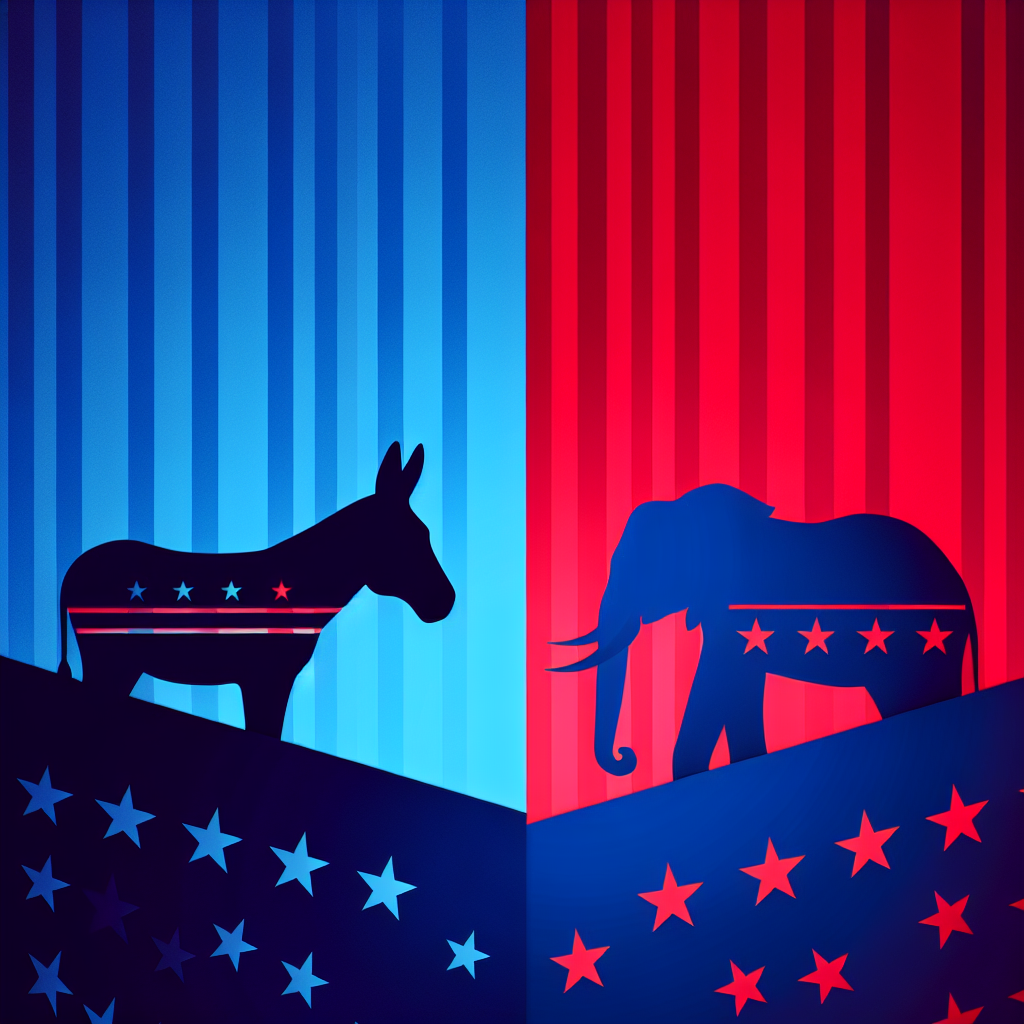
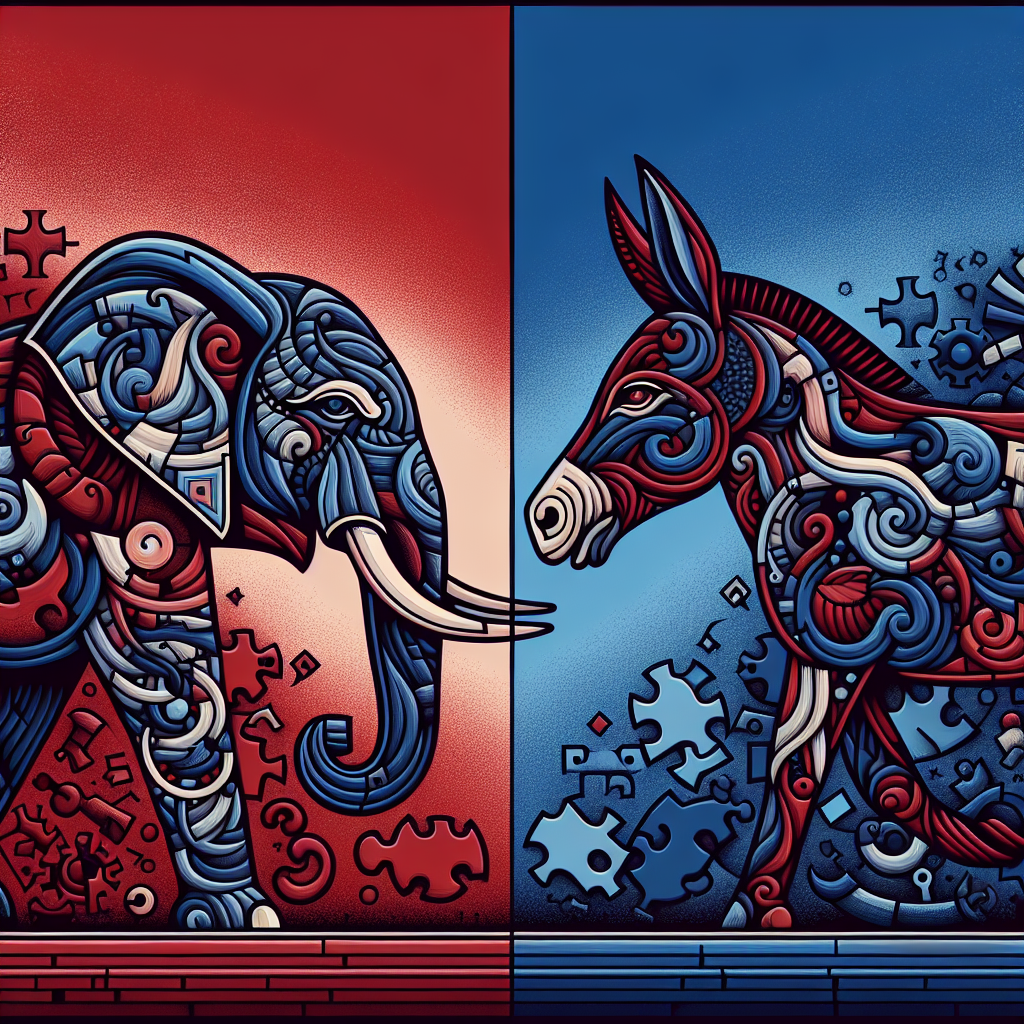

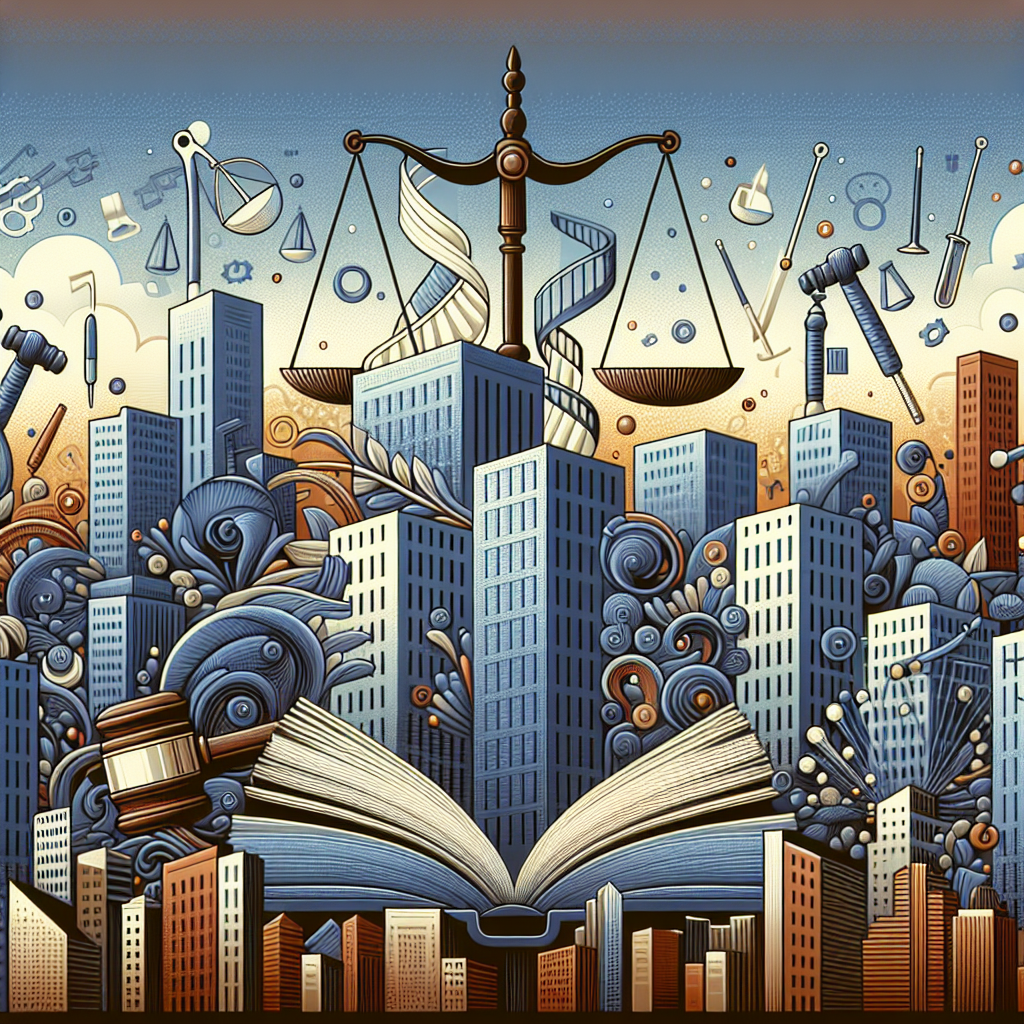
Leave a Reply
You must be logged in to post a comment.